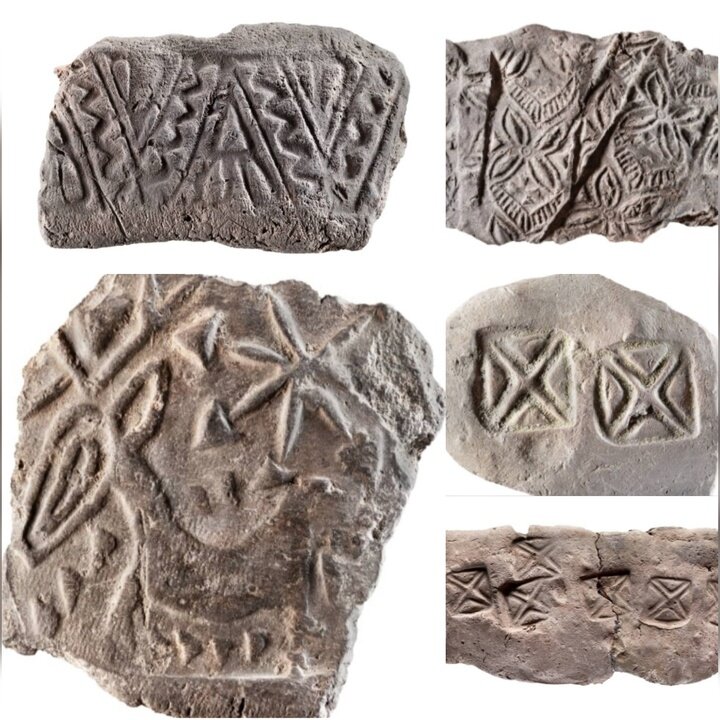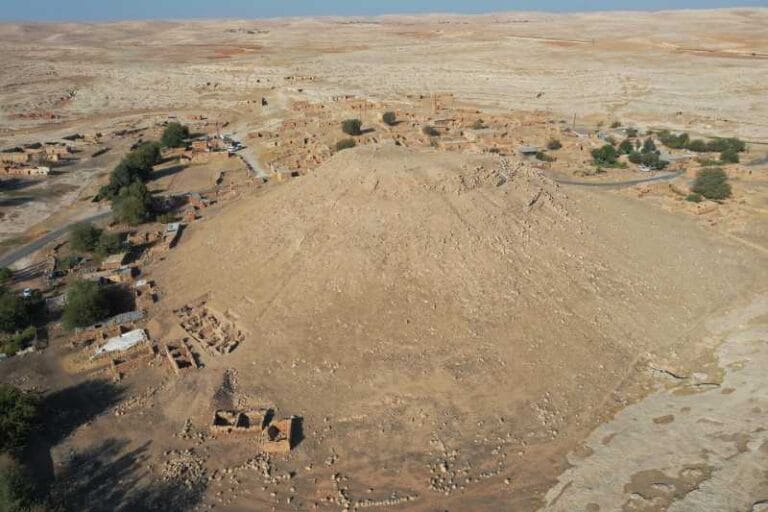Over 4,000 ancient clay seals discovered in western Iran

Recent excavations at Tappeh Teleneh, located in the Kozran district of Kermanshah, have led to the discovery of approximately four thousand clay seals dating back around five thousand years. According to Dariush Farmani, the provincial head of tourism, “more than 4,000 clay seals, approximately 5,000 years old, were discovered at Tappeh Teleneh, a region first identified as an archaeological site in 1998.”
The Tappeh Teleneh site was officially added to Iran’s National Heritage list in 2003. In the summer of 2020, an archaeological team led by Shokoh Khosravi conducted an emergency excavation at the site. In addition to ceramic fragments, various artifacts were uncovered, including clay figurines representing animals, counting objects, and a vast collection of clay seals associated with the early Elamite culture.
The discoveries indicate that Tappeh Teleneh functioned as an administrative center for organizing economic and trade activities during the early Elamite period. These clay seals offer new insights into the administrative management in the central Zagros region between the 5th and 2nd millennia BCE.
The stylistic analysis of the seals and the ceramics uncovered suggests that the inhabitants of Tappeh Teleneh maintained cultural and economic interactions with both nearby and distant regions in Iran and Mesopotamia at the end of the 4th millennium BCE.

The results of these excavations, alongside findings from other sites such as Dehswar and Maran in the Mahidasht region, provide significant evidence of the changes in economic and political management over millennia, demonstrating the existence of administrative institutions from the 5th millennium BCE to the 3rd millennium BCE.
Among the discovered items were 447 clay locks used to seal warehouse doors, 2,970 seals applied to containers, 124 seals for bags, and 436 tongue-shaped pieces, with around 85 different seal impressions identified.
This discovery sheds new light on ancient commercial practices in western Iran, offering valuable information about the region’s early administrative and commercial systems. Another significant find was a set of counting objects, dating to the same period, suggesting the early development of numerical systems, potentially a precursor to written language.
Given the magnitude and importance of the finds, the archaeology department has prioritized further excavations at the site. A second season of excavations is already planned, with the necessary funding secured to ensure the continuation of the work.






